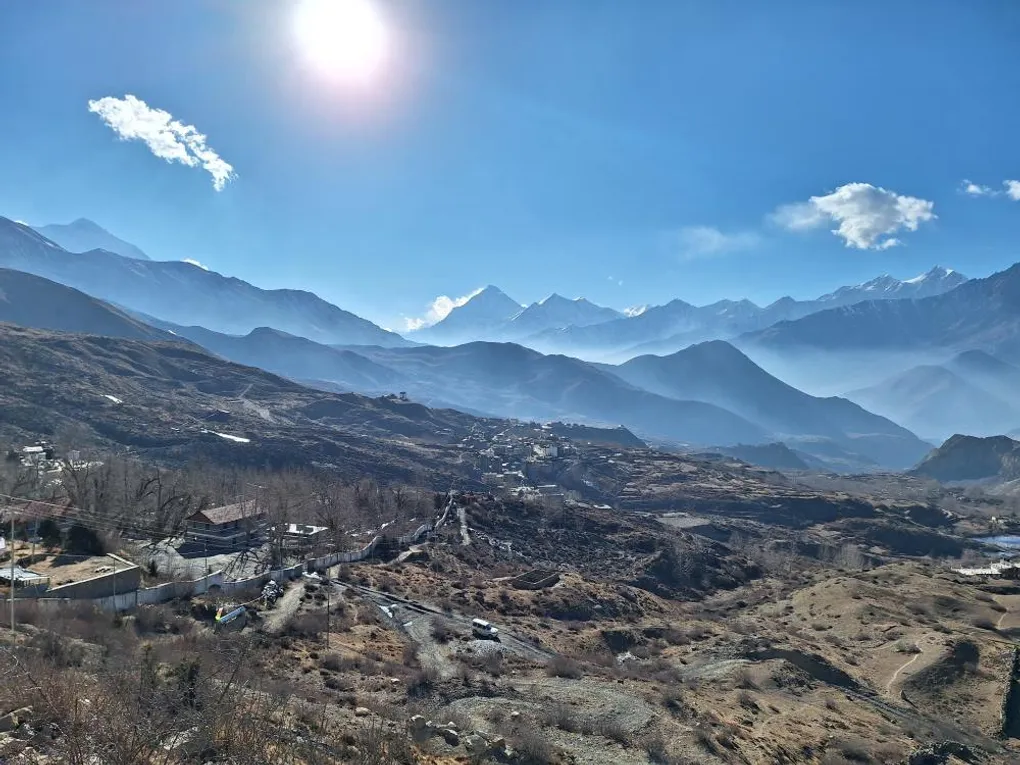
Annapurna Circuit
There’s alot of resources on the internet for hiking the Annapurna circuit in 2 weeks. If you Google this, you will find itineraries that are almost identical to what I did. These two travel blogs are good starting points:
- https://www.backpackadventures.org/annapurna-circuit-trek/ (There’s less advertising that breaks the site, so this is the least problematic to load on your phone)
- https://www.thebrokebackpacker.com/annapurna-circuit-trek/ (Honest and comprehensive)
- https://stingynomads.com/annapurna-circuit-trek-itinerary/ (Another frank and honest description)
You don’t need to race from teahouse to teahouse, you can decide on the day where you want to stop for the night, as you cannot always predict how your body will react to altitude sickness. Wifi is so common that you can pretty much do most of your planning from Google Maps, as well as decide on which teahouse you want to go to depending on their Google review.
Rather than rehash what I did that repeats the same information from other travel blogs, I’m going to list information thats useful to know as overarching principles on how to tackle this hike.
Do you need a guide?
The official answer is yes. However, Nepal is almost a failed state, and neither the police checkpoints or the Annapurna Conservation Area Project have the resources or inclination to enforce this. If you do go into the ACAP area without one, no one will stop you.
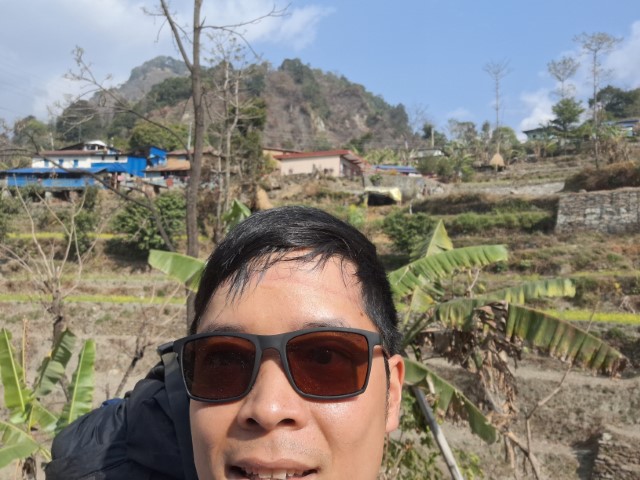
Is it ok to do this during winter?
I did this in February, and it was fine. You can rent a down jacket from a gear shop in Kathmandu (or Pokhara) for a couple of dollars a day, and bring your own middle layers. It does get very cold at night, the worst was in Thorong high camp when it went down to around -10 Celsius at night, at which point you will need probably need to wear all your layers as well as the jacket and sleeping bag.
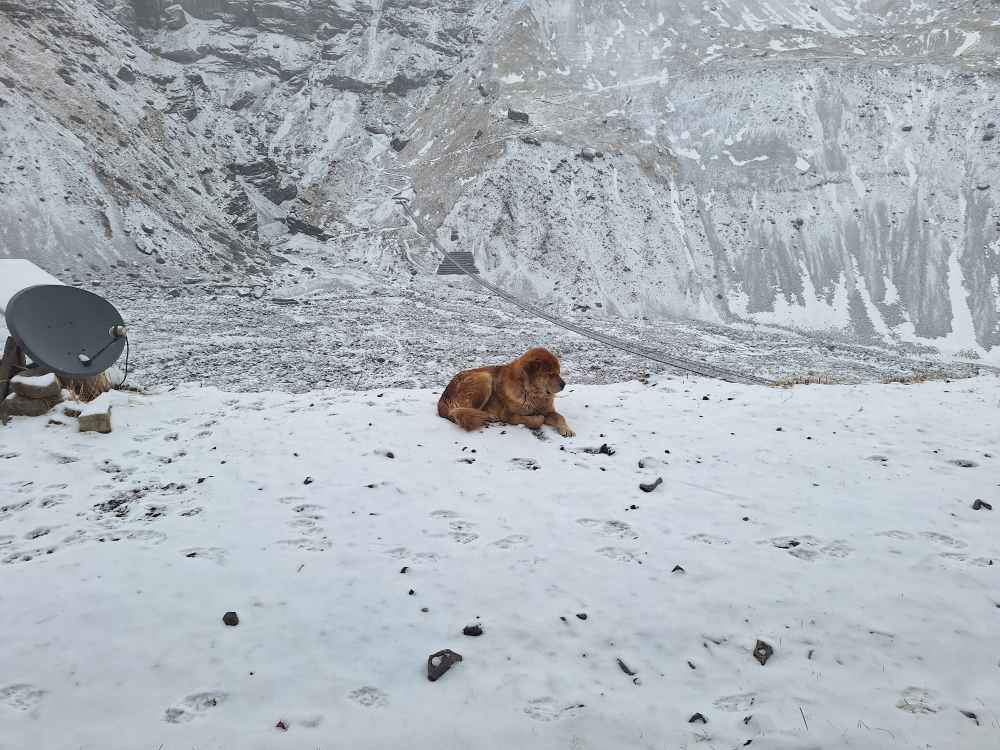
Where’s the starting point?
From Kathmandu you take the bus to Besisahar. Someone will direct you to the correct bus from the ticket counter. The bus can take you further into the circuit, all the way to Buhlbuhle without getting off. This was where I started, as Besisahar town and the road near it is not very attractive. The bus ride is long and uncomfortable, and the bus itself is not nearly as comfortable as the tourist busses between Pokara and Kathmandu.
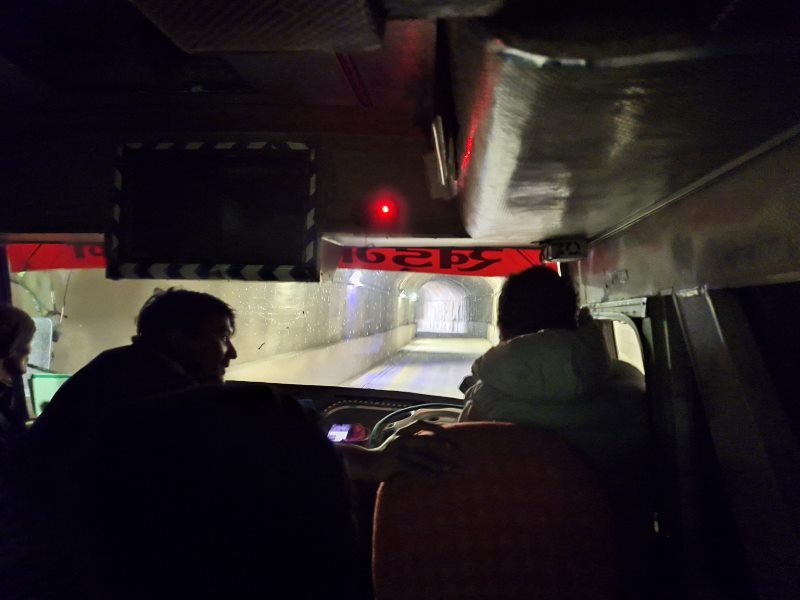
How bad is the altitude sickness?
It can get pretty bad, but it is possible to manage it and previous experience helps. The longer you acclimatize, the better. However this only works up to a point, at which point you need to power through the Thorong Pass highpoint quickly before altitude sickness sinks in, following the Mount Kilimanjaro motto of Climb High Sleep Low. I slept at the Thorong High camp, but it was miserable place to sleep. If sleeping at base camp gets you a better night of sleep, its worth it, even if it means waking up earlier and having to trek further on summit day.
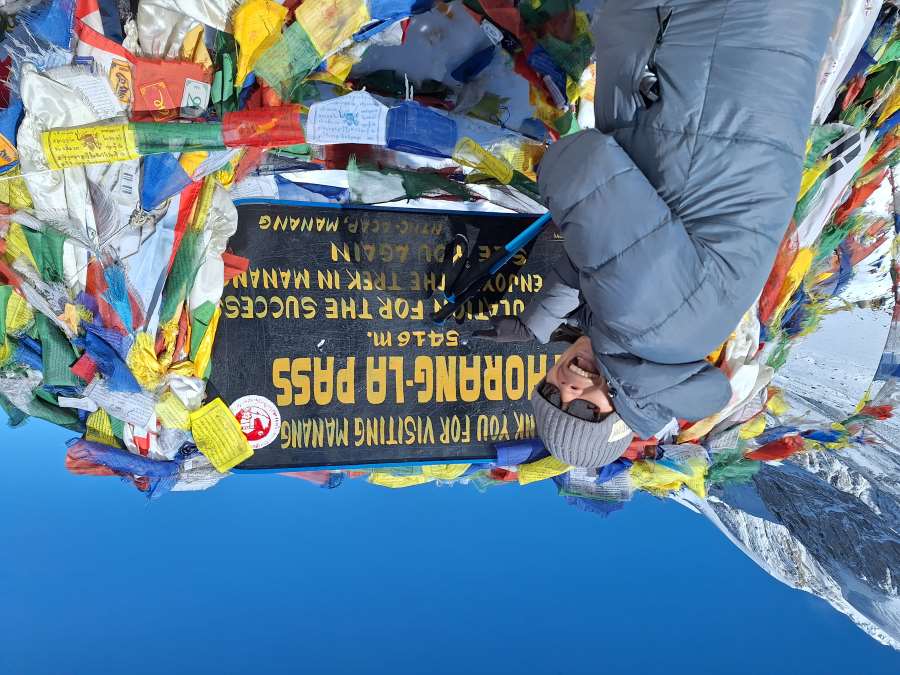
Anything dangerous?
Landslides are the biggest danger. Is a landslide has blocked your path and there’s a risk of injury if you attempt to cross it, then find an alternative route, even if it means a significant delay. The valley is constantantly changing, and information quickly gets out of date.
How does it cost per day?
As a rule of thumb it costs about $25 USD a day, including dinner at the teahouse, accomadation, breakfast the next morning and lunch somewhere in between.
How much of my own gear do I need?
Other than your own shoes, you don’t need to bring anything. I rented the backpack, down jacket and sleeping bag (important for winter, otherwise not needed)